Megaprojects are constantly on the go, and infrastructure for 2024 looks strong. Plant Vogtle nuclear plant, JFK airport expansion, Nusantara, and Navi Mumbai International Airport are just a few megaprojects slated for competition this year.
Plant Vogtle nuclear plant
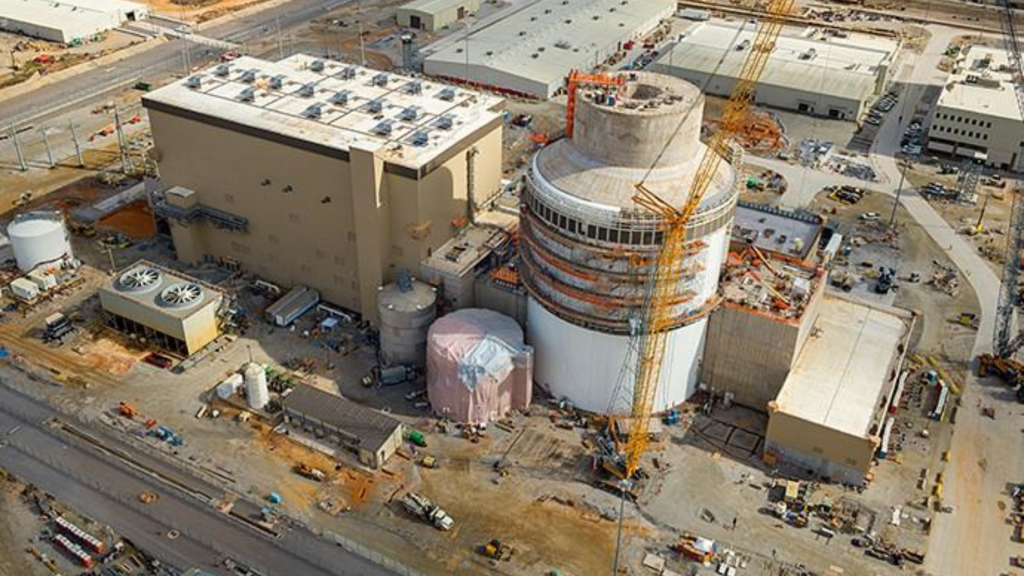
Location: Waynesboro, Georgia
Budget: $30 billion
This year, the $30 billion nuclear power plant near Waynesboro, Georgia, partly constructed by Virginia-based engineering company Bechtel, has crossed a major threshold.
Georgia Power announced earlier this month that the 1,114-megawatt (MW) Unit 4 nuclear power reactor at Plant Vogtle entered commercial operation after connecting to the power grid in March 2024. The commercial start of the last unit completes the 11-year expansion project at the nuclear plant.
Vogtle Unit 3 began commercial operation in July 2023, with the previous two reactors starting operation in 1987 and 1989. The third and fourth units bring Plant Vogtle’s total generating capacity to nearly 5 gigawatts (GW), exceeding Palo Verde’s 4,210-MW generating capacity and making Vogtle the largest nuclear power plant in the United States.
Construction on the two new reactors began in 2009 at an expected cost of $14 billion. However, the project faced significant hurdles and overrun costs. Georgia Power estimates the total cost of the expansion to be more than $30 billion.
Bechtel partnered with North America’s Building Trades Unions to construct the two reactors. At the peak of construction, approximately 9,000 workers were on the site.
Ciel Tower
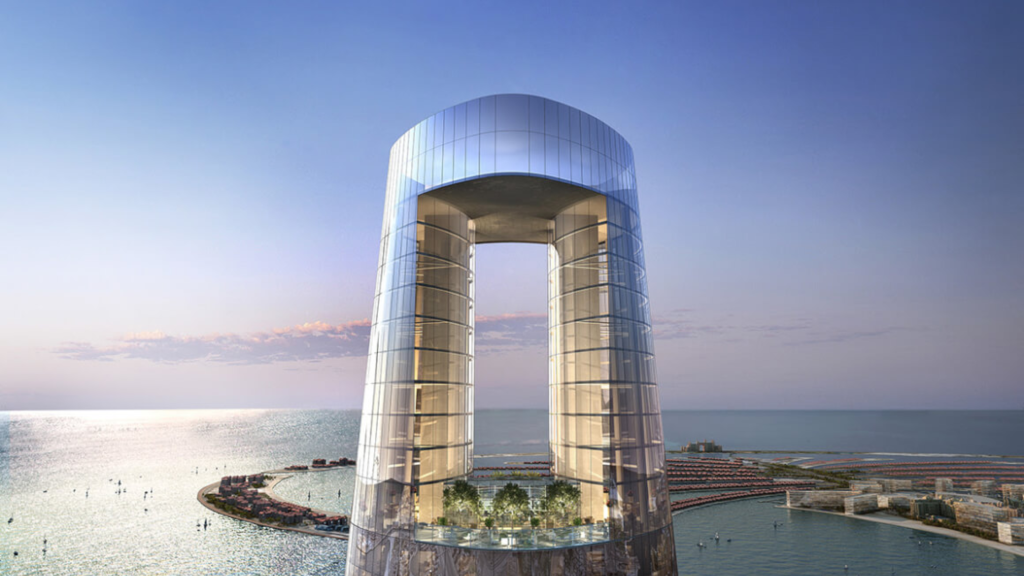
Location: Dubai, UAE
Cost: $810 million
Upon completion, the Ciel Tower in Dubai will become the tallest hotel-only building in the world, reaching more than 366 meters. Designed by London-based architect NORR for developer The First Group, construction on Ciel began in 2018 and continued through the COVID-19 pandemic.
The hotel will have 1,042 luxury suites spread across 82 floors, including a Sunset Lounge on the 74th floor, a rooftop infinity pool, and a Horizon Bar on the 76th floor. Guests can take in the spectacular views from the 82nd floor at the Ciel Observatory observation deck, offering 360-degree views of Dubai. Guests will also be treated to a wide range of first-class facilities and services, including a luxurious spa and gym on the 54th floor of the building.
Ciel Tower’s design is deeply rooted in the principle of vertical living, providing residents and guests with jaw-dropping views of several landmarks. The building’s design features two glass towers joined by a shared platform and roof, creating a cylindrical silhouette. The complex facade posed significant challenges to complying with the UAE Fire and Life Safety Code.
The project was scheduled for completion in Q4 2023 but is not expected to be completed until the first half of 2024.
JFK Airport expansion
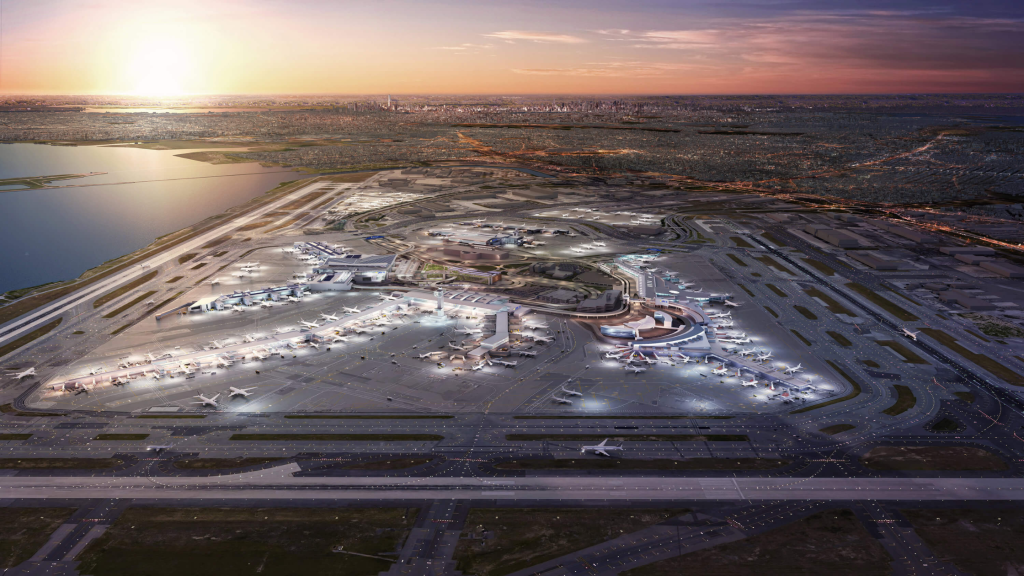
Location: New York City, New York
Cost: $19 billion
This year, John F. Kennedy Airport continues its multibillion-dollar transformation into a world-class 21st-century travel hub. Led by Grimshaw and Mott MacDonald, the expansion plan will create new terminal complexes on the south and north sides of the airport.
On the south side, Terminals 1 and 2 will be replaced with a new 2.7-million-square-foot terminal with 23 international gates. The north side will receive a 1.2-million-square-foot terminal connecting to the existing Terminal 5 and offering 12 international gates, each able to serve larger wide-body aircraft. The plan also includes a 16-gate expansion for Terminal 4 and a 3-gate expansion at Terminal 8.
The new terminals, with a combined investment of $9.5 billion for Terminal 1 and $4.2 billion for Terminal 6, are simultaneously under construction. AECOM Tishman and Gensler comprise Terminal 1’s design-build team, while AECOM Hunt leads construction on Terminal 6.
Terminal 1’s phased completion is on track. The arrivals and departures hall and 14 gates are scheduled to open in 2026, and the remaining gates are set to open by 2030. Terminal 6 is also making progress. The first phase will conclude in 2026, and the final phase will target completion in 2028.
Terminal 4’s $1.5 billion expansion will mark a significant milestone in 2024, with 10 new gates already operational. However, according to the Port Authority, additional enhancements are expected this year. According to Delta, these enhancements include renovating existing concourses, roadway upgrades to improve vehicle access, an updated check-in hall, new gate finishes, added curbside dropoff space, and restroom modernizations.
Brightline West
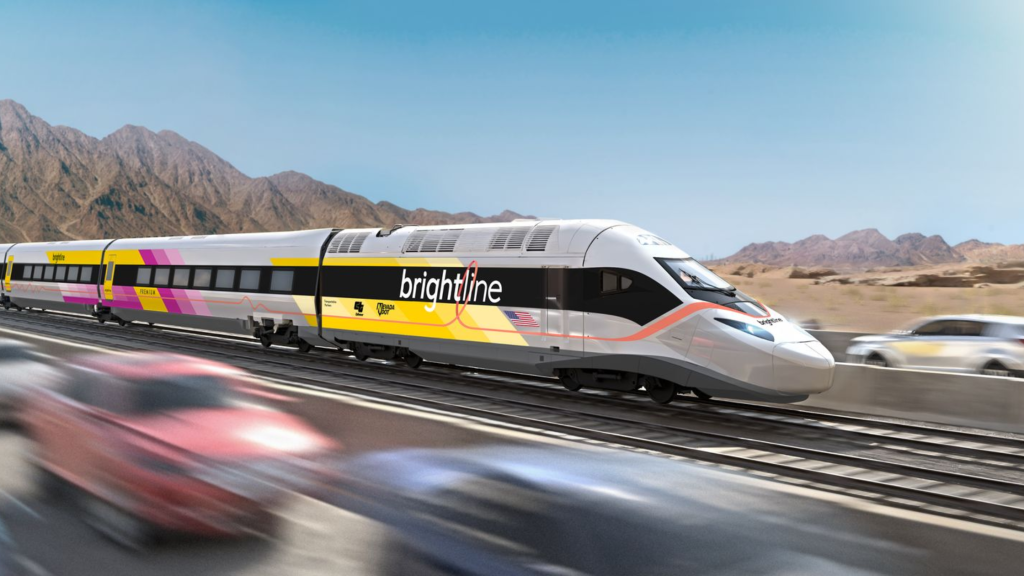
Location: Southern California and Las Vegas
Cost: $12 billion
The 218-mile high-speed Bightline West rail link is America’s first true high-speed passenger rail system. It will redefine train travel in America and connect two of our most iconic destinations. The rail service will operate from Las Vegas to Rancho Cucamonga, California, with 96% of its alignment within the median of the I-15 highway.
Brightline West is a fully sustainable train that runs zero-emission, fully electric cars capable of reaching 200 miles per hour. The project recently became $3 billion closer to reality, receiving a grant from President Biden’s Bipartisan Infrastructure Bill. The remainder of the project will be privately funded, and USDOT has allocated $3.5 billion in private activity bonds.
Construction on the rail system broke ground on April 22, 2024, and completion is expected in 2028 when Los Angeles will host the Summer Olympics.
Nusantara
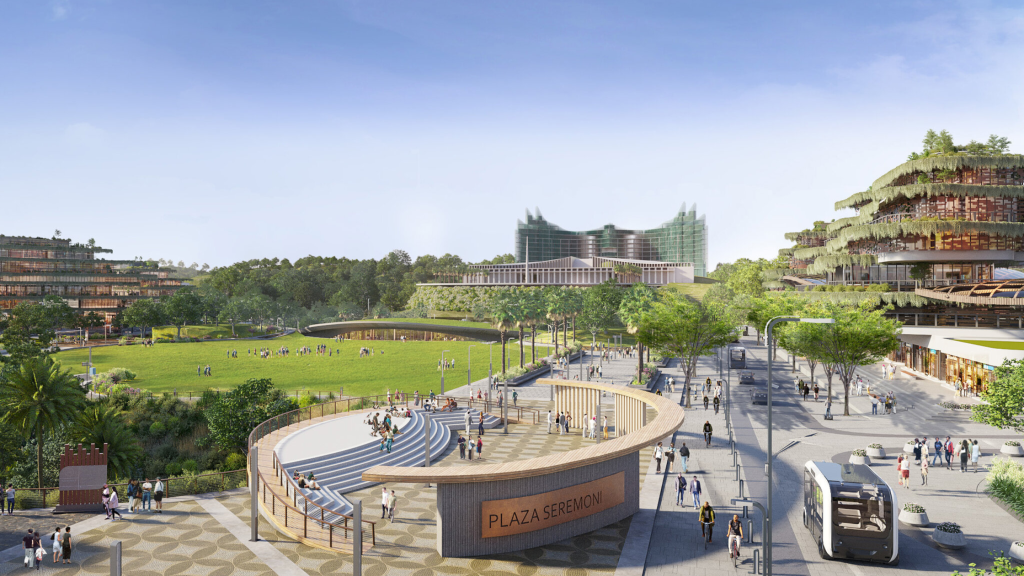
Location: Borneo, Indonesia
Cost: $52 billion
Since 2022, Borneo, Indonesia, has undergone major changes as the city paves way—quite literally—to build a new capital city from the ground up. Officially the future capital of Indonesia and due for inauguration on August 17, 2024, Nusantara is set on the island’s east coast and is expected to encompass 2560 square kilometers.
According to government officials, the development of Nusantara was motivated primarily by the multitude of environmental challenges faced by Jakarta, Indonesia’s current capital. Jakarta’s metropolitan area is home to 30 million people and has undergone significant expansion in recent decades, facing frequent flooding, heavy traffic, hazardous air pollution, and drinking water shortages. The other major problem is that Jakarta is sinking. Excessive groundwater withdrawals have contributed to subsidence rates of up to 15 centimeters (6 inches) per year, and 40% of the city now sits below sea level.
Construction of the new capital began in July 2022 with the main infrastructure components and will be completed in five phases. The new capital is expected to be complete by 2045.
Navi Mumbai International Airport
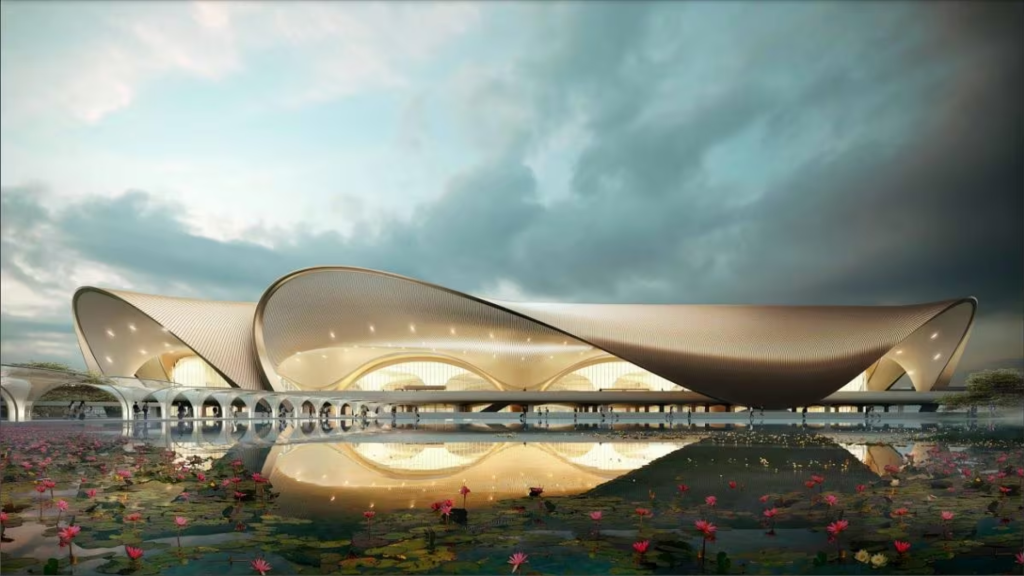
Location: Mumbai, India
Cost: $3.1 billion
Navi Mumbai International Airport, the city’s second airport, is due for inauguration towards the end of 2024 and will begin operation in early 2025. The project has been in the works since the 90s and became a necessity in the early 2000s when the current airport, Chhatrapati Shivaji Maharaj International Airport (CSMIA), would reach its capacity of 55 million passengers annually by 2010.
The airport will be completed in three phases, developed by the Adani Group-led Navi Mumbai International Airport Limited (NMIAL) in partnership with Zaha Hadid Architects (ZHA). Upon completion of the first phase, it can handle 10 million passengers a year. The second phase will raise capacity to 25 million passengers annually and the third to 60 million passengers annually by 2032, with two 3700m x 60m runways.
Phase 1’s terminal building and accompanying runway comprise the first phase of the project, which will see the construction of two runways capable of handling 80 flights per hour. Larsen & Toubro was awarded Phase 1’s construction contract in August 2019, which included a myriad of construction work on the terminal—departure and arrival forecourts, airfield development works, multilevel car parking, utilities, and other facilities.
The airport will cover 250,000 square meters across its three terminals and 100,000 square meters of cargo area across its 9.5 square-kilometer site.
Tren Maya
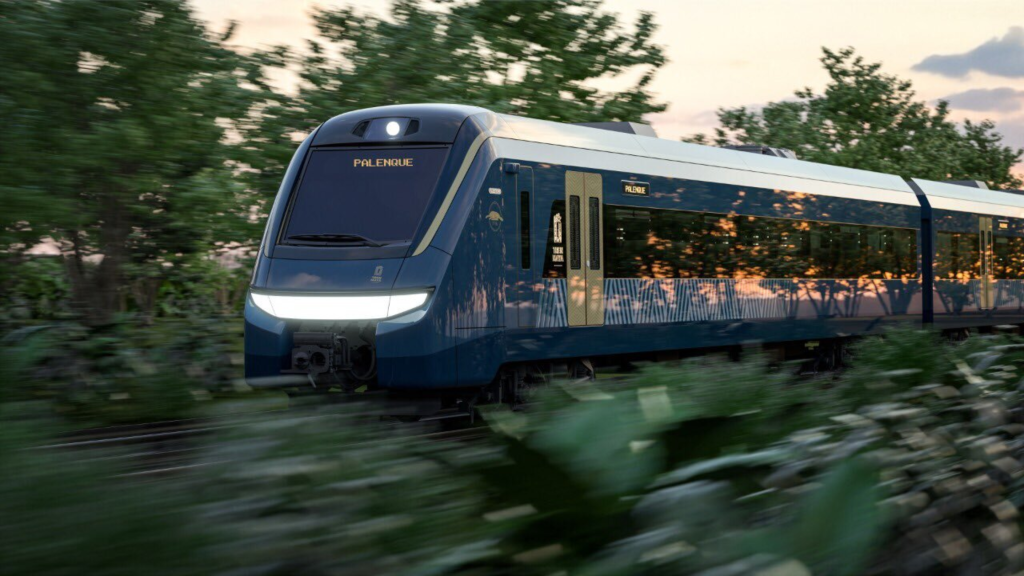
Location: Yucatan Peninsula, Mexico
Cost: $41 billion
The Tren Maya is a 965.6-mile (1525-km) intercity railway that spans five states in southeastern Mexico: Campeche, Chiapas, Tabasco, Yucatán, and Quintana Roo. The train is intended to fuel regional development, foster connectivity between communities, and bolster the local economy.
Construction on the Tren Maya began in June 2020 on the line that starts in Palenque, Chiapas and travels northeast towards Cancun, Quintana Roo. The rail line will consist of 42 railway cars costing approximately $3.15 million and will offer three types of trains:
- Xiinbal (walking): Regular service train offering views from large panoramic windows.
- Janal (eating): Restaurant car offering comfortable spaces to enjoy regional cuisine.
- P’atal (staying): Long-distance train with comfortable day and night cabins.
Once fully operational, trains are expected to run every two hours, offering a more reliable and comfortable way for travelers to see the Yucatan Peninsula than current transportation methods. All sections of the train are expected to be operational by June 2024.
The project was initially estimated at $12.6 billion, but there’s been major backlash about the impact on the environment and local people, not to mention the current estimated $28.5 billion price tag, almost three times the original budget.
West Shore Lake Pontchartrain levee system
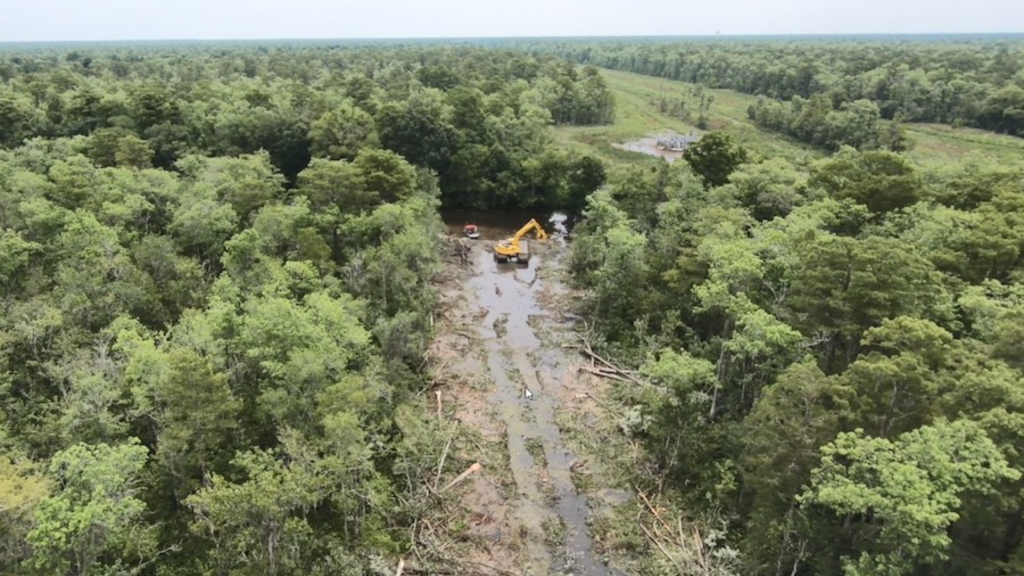
Location: Southeast Louisiana
Cost: $3.7 billion
Over 60,000 Louisiana residents in the southwest region have little protection during hurricane season. In 2012, Hurricane Isaac flooded more than 7,000 homes, completely submerging I-10, the primary evacuation route for New Orleans, and putting a significant damper on emergency response times.
The West Shore Lake Pontchartrain project is an 18.5-mile levee system consisting of flood walls, 17.5 miles of urban levees, and pumps designed to reduce hurricanes’ impact on the surrounding area. According to the U.S. Army Corps of Engineers, it received $760 million in funding from the Bipartisan Budget Act of 2018, but the project’s current cost has reached $3.7 billion.
The first levee contract, worth $9.3 million, was awarded in December 2022 for a section set for completion this year. At least four more levee contracts, worth $22 to $39 million, were awarded for stretches set for completion within the next two years.
The USACE has constructed nine roads totaling 14 miles through marsh and swamp to prepare for construction. Crews have also started moving materials in preparation for the construction of walls to better protect the region from storm surges.
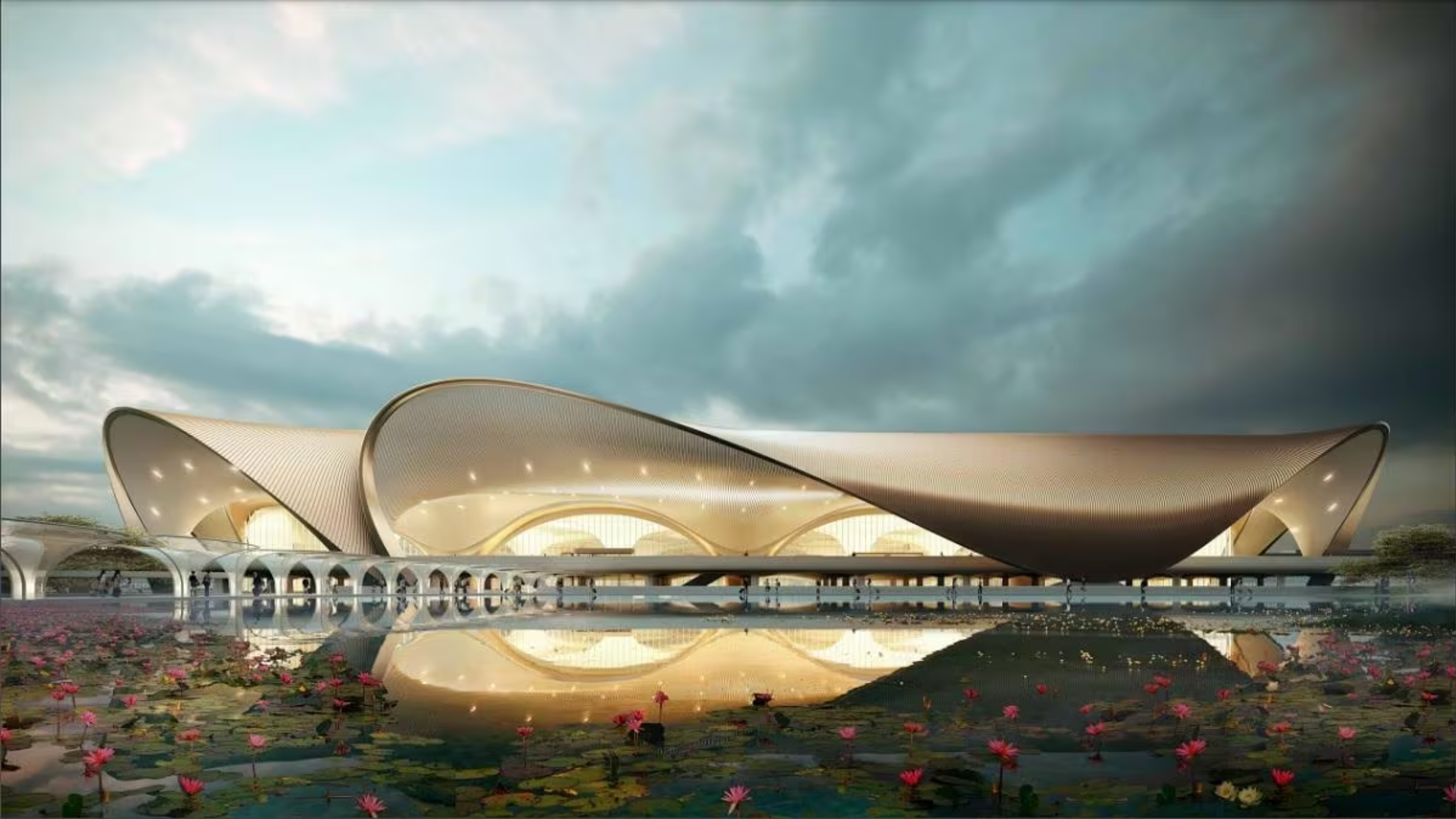


1 comment